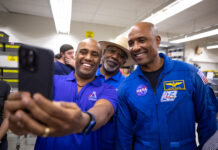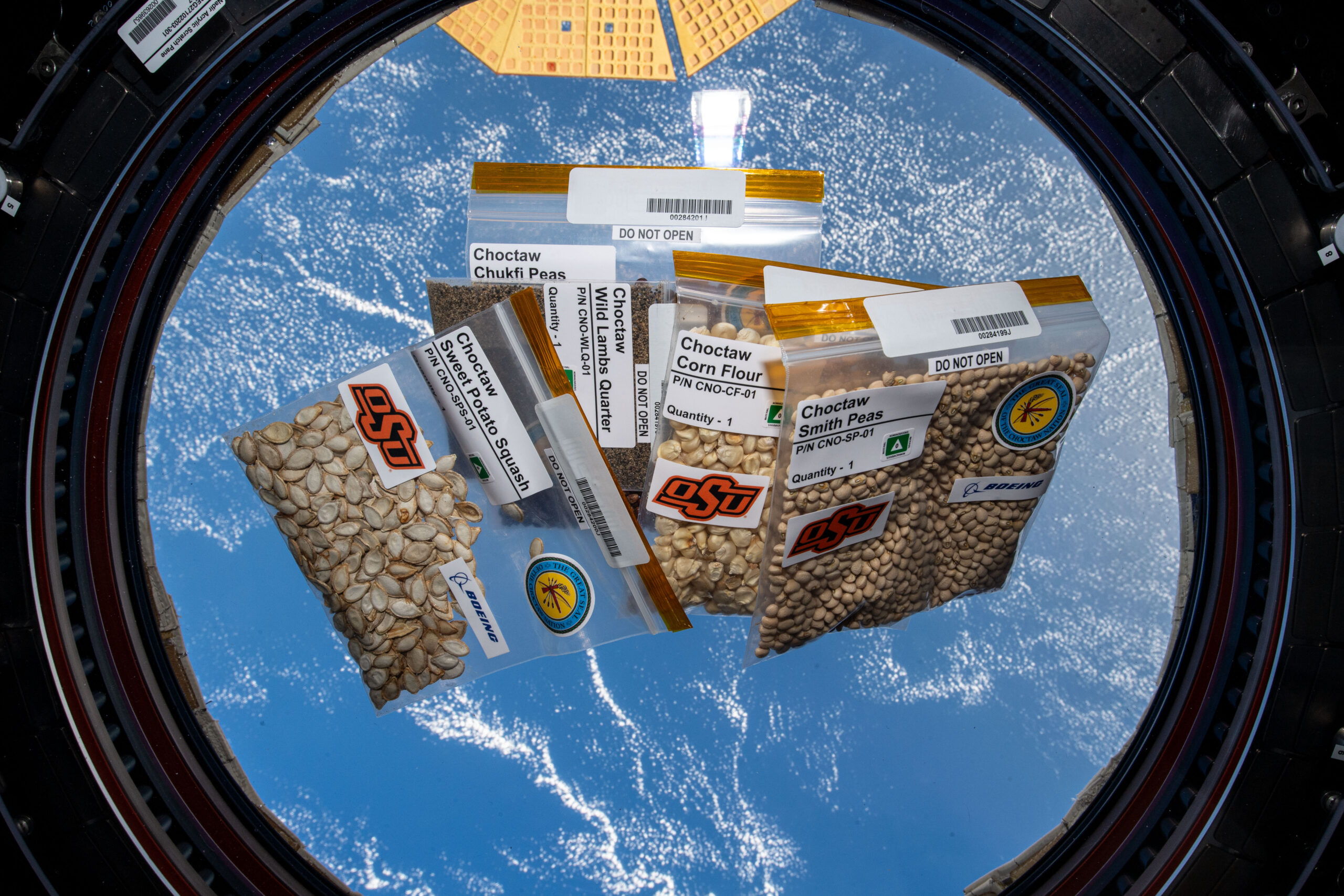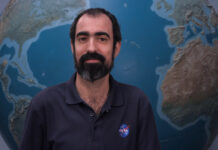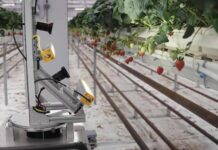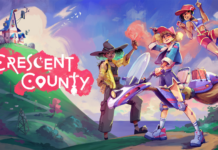Exploring the Impact of Choctaw Heirloom Seeds in Space: An Innovative Educational Journey
In an exciting collaboration between cultural heritage and space exploration, the Choctaw Heirloom Seeds investigation has taken a unique step by sending five varieties of traditional seeds from the Choctaw Nation of Oklahoma aboard the International Space Station (ISS). This fascinating project aims to explore how these seeds, deeply rooted in cultural history, respond to the conditions of space. The seeds, which include Isito (Choctaw Sweet Potato Squash), Tobi (Smith Peas), Tanchi Tohbi (Flour Corn), Tvnishi (Lambsquarter), and Chukfi Peas, embarked on their space journey in early November 2023 and returned to Earth in April 2024.
The Educational Endeavor at Jones Academy
As an extension of this space mission, students at Jones Academy will engage in an educational experiment by planting these space-flown seeds alongside their Earth-bound counterparts in the school’s Growing Hope Garden. The goal is to observe any differences in growth patterns and attributes between the seeds that traveled to space and those that remained on Earth. This hands-on educational initiative allows students to formulate hypotheses, conduct experiments, and make detailed observations throughout the growing season.
Integrating Space Exploration into Curriculum
Middle school educators are actively developing a curriculum that incorporates the seeds’ space journey and the subsequent gardening experiments. This curriculum is designed to spark interest among students in the fields of science, technology, engineering, and mathematics (STEM), especially targeting Native and Indigenous populations across the United States. By incorporating elements of cultural heritage and cutting-edge scientific exploration, the program aims to engage underrepresented groups, encouraging them to participate in STEM fields.
The Significance of Heirloom Seeds
Heirloom seeds are varieties that have been cultivated and passed down through generations, often characterized by their unique colors, flavors, and resistance to local pests and diseases. These seeds hold cultural significance, representing a tangible connection to the past and a means of preserving biodiversity. The Choctaw Nation’s decision to send these seeds to the ISS highlights a commitment to both cultural preservation and scientific inquiry.
Understanding Space’s Impact on Seed Growth
The journey of these seeds to space and back opens up numerous scientific questions. How do the microgravity conditions of space affect seed germination and growth? Are there any genetic changes that occur due to the space environment? These are the types of inquiries that the students at Jones Academy will explore, contributing valuable data to the broader scientific community.
Broader Implications for Indigenous Communities
The impact of this research extends beyond the classroom. By involving Native and Indigenous students in such innovative scientific projects, the program hopes to inspire a new generation of scientists and innovators from these communities. This initiative represents a broader effort to make STEM fields more inclusive and diverse, offering opportunities for students to see themselves reflected in these disciplines.
NASA’s Role in Encouraging Educational Initiatives
NASA’s involvement in this project underscores its commitment to educational outreach and the promotion of diversity in science and technology fields. By supporting projects that combine cultural heritage with space research, NASA helps to create a bridge between past traditions and future innovations.
The Future of Space and Cultural Research
The Choctaw Heirloom Seeds investigation is an example of how space exploration can serve as a platform for interdisciplinary research, blending elements of biology, agriculture, and cultural studies. As space missions become more frequent, there will be increasing opportunities to explore how different elements of Earth’s biodiversity respond to space environments.
Conclusion
The Choctaw Heirloom Seeds investigation is more than just a scientific experiment; it is a celebration of cultural heritage, educational innovation, and the potential for space exploration to inspire future generations. By combining traditional knowledge with modern scientific techniques, this project offers a unique learning experience that could have lasting impacts on students and communities alike. As we look to the stars, initiatives like this remind us of the importance of preserving our cultural roots while exploring new frontiers.
For more insights and updates on this exciting project, you can visit the official NASA website at NASA’s Mission Research Explorer.
For more Information, Refer to this article.

















